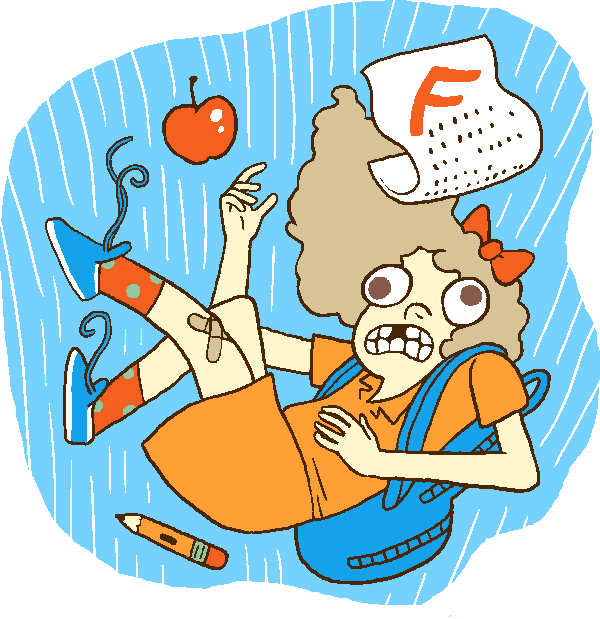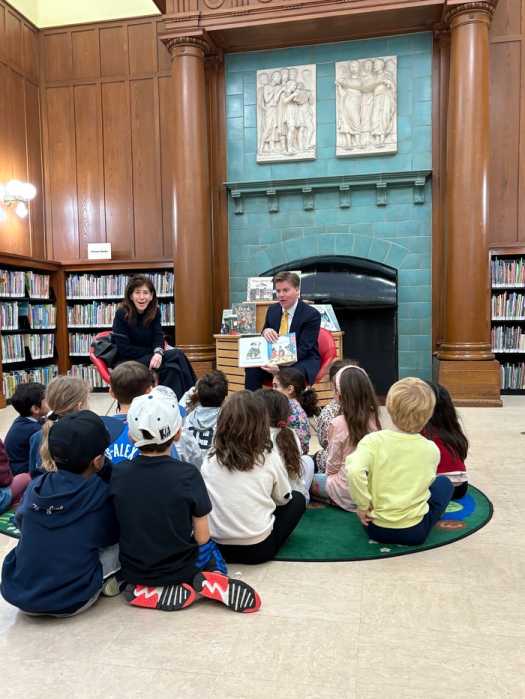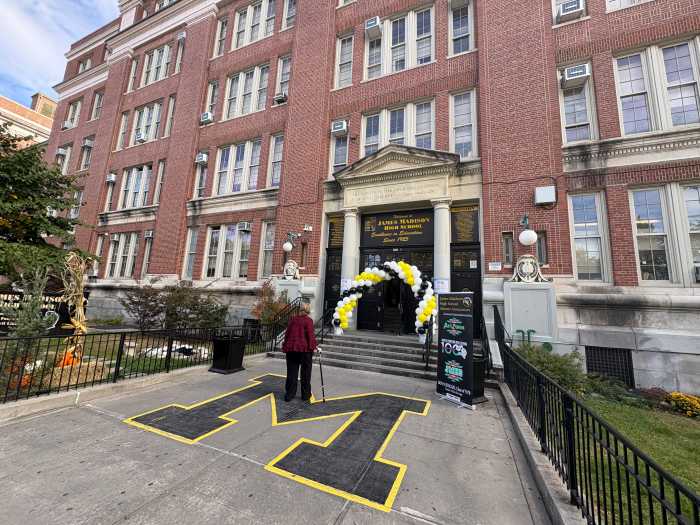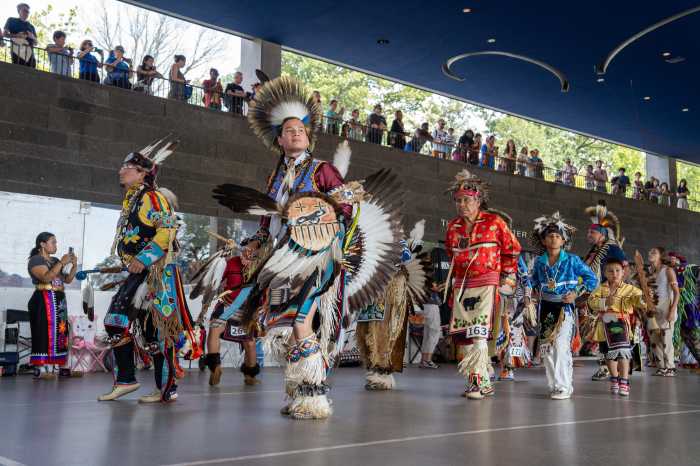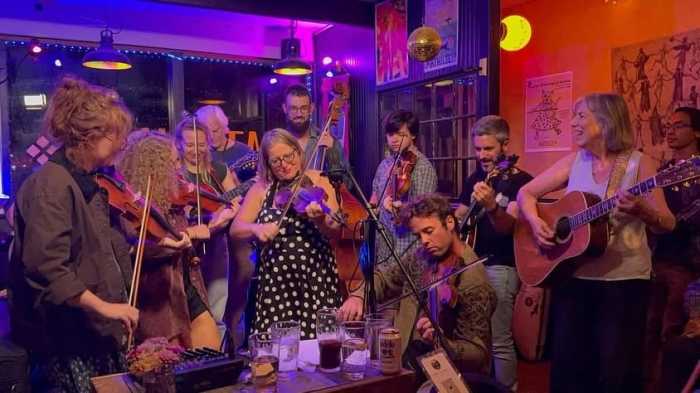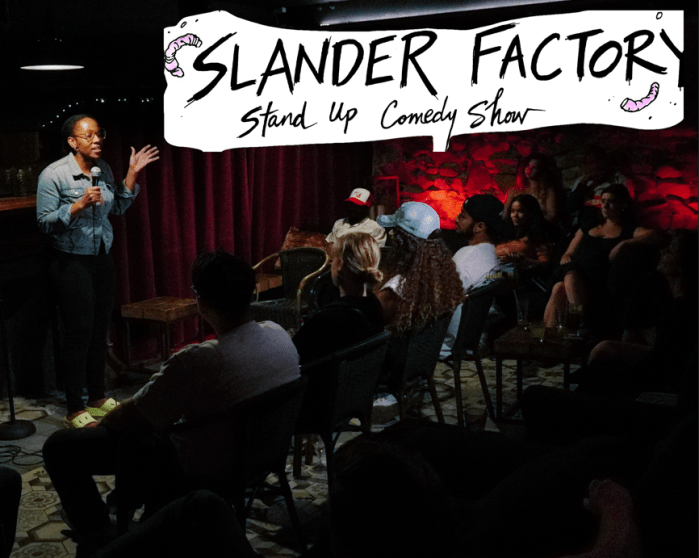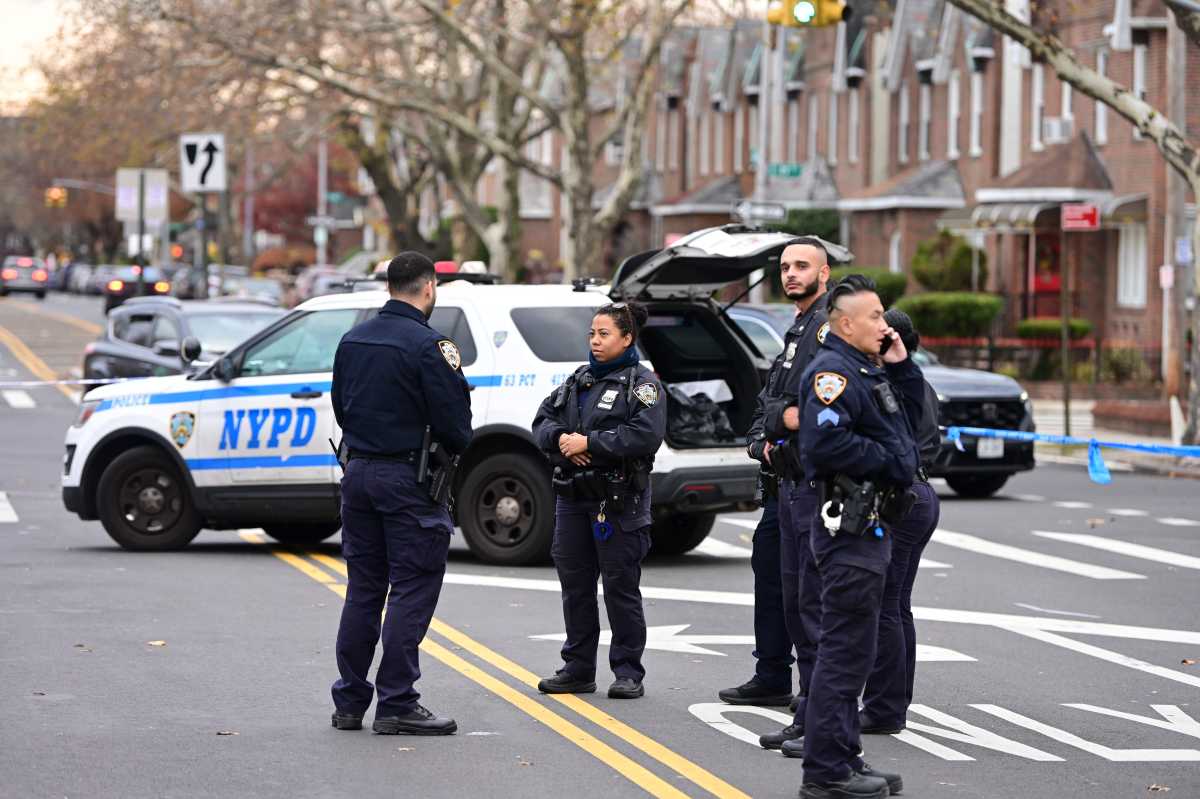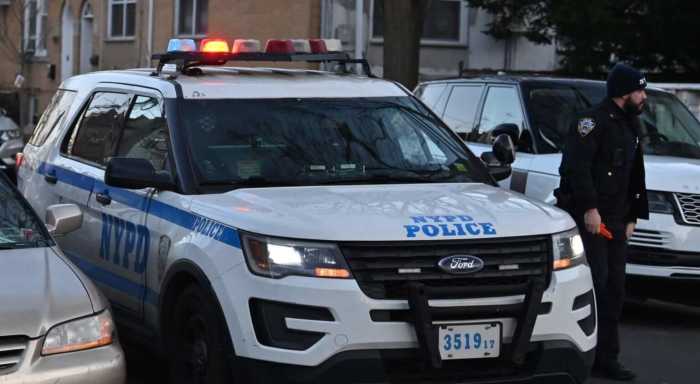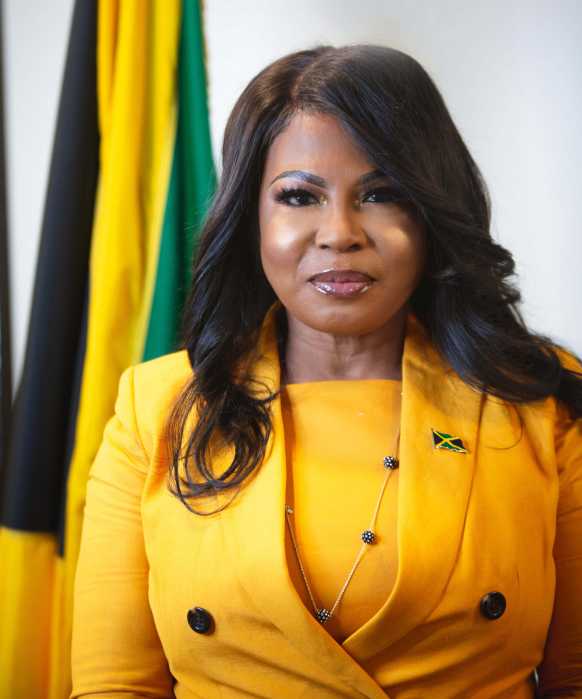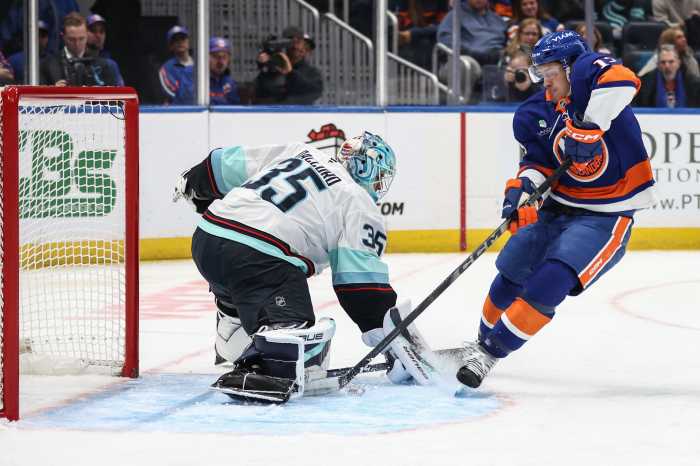The many people in the South, waving the Confederate battle flag, moaning that it only has historical meaning and shouldn’t offend anyone, need to talk with my daughters, or any teenagers for that matter. My girls totally get symbols and symbolism and the importance they play in our lives.
Let’s face it, teens communicate through signs and images, literally on social media (which is such a visual medium) and in other aspects of their lives. My kids are experts at decoding their peers’ messages.
They understand the language of clothing, for example, what it communicates about wealth and social position, self-image and power, and affiliation with one group or another. They grasp the ways adults signal money and status through their homes, cars, and vacations.
Issues, too, have a symbolic life. My older daughter covers her computer with stickers. Some of them are from places she’s visited, but others speak to bigger matters. “Feel Your Boobies” voices her support for breast cancer prevention while a large yellow “equal” sign signals her belief in marriage equality.
From the magnetic pink bows or fish stickers stuck on cars to candidate placards hung in windows around my neighborhood, there is a constant battery of symbols shouting out messages about religion, politics, and a range of other topics that is not lost on my teenagers.
So it is no surprise that they also get it when symbols speak of hate. In small ways, they grasp the language of exclusion among the kids at school. They have seen bullying and students getting picked on, knowing full well the message given and received.
My girls also heard the language of hate first hand when, in 2007, swastikas were spray painted on the stoop of our synagogue and a neighboring one down the block. We talked at dinner about the virulent language used by groups like the Wesboro Batptist Church towards LGBT people and others. My kids totally understand these messages.
I feel certain my daughters, or any teenagers, could explain to the Southern legislators and residents who seem not to get it — that symbols communicate and you can’t simply detach the meaning from the sign because you feel like it.
Hate is a message adolescents understand and they know what it feels like to stand in the spotlight of someone’s derision, for what you wear, how you look, something you say in a class, who you hang out with, any of a thousand moments that kids see and participate in.
My girls also realize that some words and images are always pregnant with meaning, and can never be used without invoking all the symbolic weight they carry. Swastikas, burning crosses, and Confederate battle flags certainly rise to this standard, in every context signaling hatred of one group by another.
If you don’t get this, talk to my girls. They grasp the language of hate and know when it’s being spoken.


